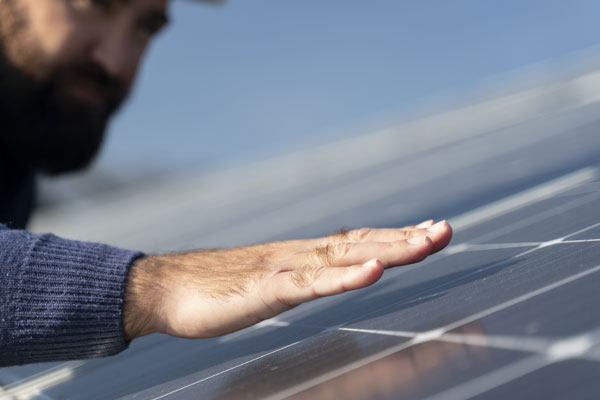Market investment
Future Investment Outlook
Smart Recycling Innovations Power a Greener Tomorrow
Technological Breakthroughs & Industry
Upgrades
‧ Physical separation technology replaces traditional chemical recycling, achieving purity over 99%.


Regulatory & Policy Support
‧ Countries are strengthening green energy recycling laws to enhance corporate
responsibility.
‧ Countries are strengthening green energy recycling laws to enhance corporate
responsibility.
‧ Carbon trading markets encourage investment in solar recycling
technologies.
‧ Recycling subsidies and investments attract more enterprises into R&D
of recycling technologies.
Business Models & Market Opportunities
‧ Establish remanufacturing systems to improve secondary utilization of glass,
silicon, and aluminum.
‧ Establish remanufacturing systems to improve secondary utilization of glass,
silicon, and aluminum.
‧ A wave of photovoltaic panel retirement may push the recycling market value
into hundreds of billions of NTD annually.
‧ International cooperation—China, the US, and EU may propose global PV recycling
standards and enhance technology exchanges.
